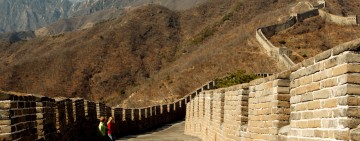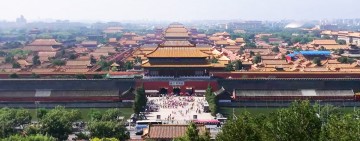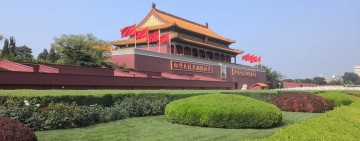UNESCO World Heritage Sites You Must See While in Beijing
Zuletzt aktualisiert am 2018-08-11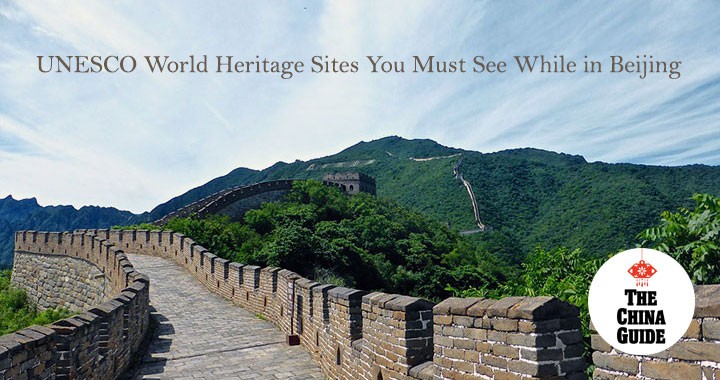
Since its launch in 1970s, the UNESCO World Heritage Committee has recognized over 800 sites of particular cultural, scientific, or historical significance around the world. From Macchu Picchu to the Leaning Tower of Pisa, these sites are considered important to global interests and receive special international protection.
With its rich culture and long history, it makes sense that China is home to the second largest number of these precious locales (after Italy), with 52 UNESCO World Heritage Sites within its borders, and many of these can be found in and around the city of Beijing, China’s cultural and political capital.
The Great Wall
When it comes to attractions in China, The Great Wall is at the top of almost every visitor’s list. And for good reason! This ancient structure, which was mostly constructed during the Ming Dynasty (1368-1644), stretches a minimum of 3,000 miles across hilltops and is truly a sight to behold.
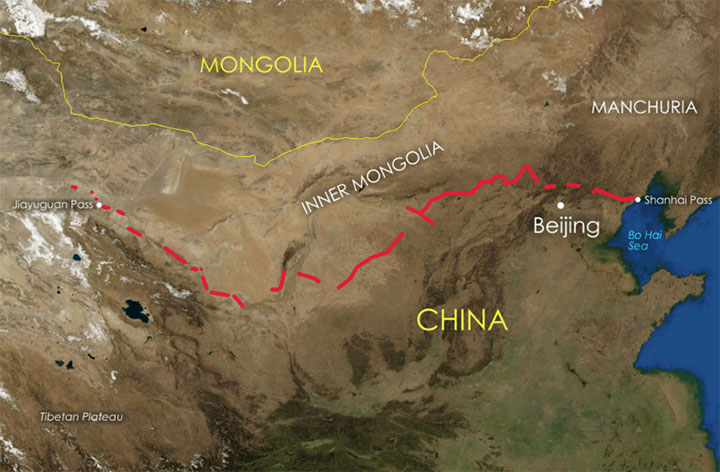
Beijing is fortunate enough to be situated close to several of the wall’s most scenic sections, including the often crowded Badaling section, the steep and scenic Jinshanling section, and our favorite, the Mutianyu section. The Great Wall can be accessed from Beijing in as little as an hour. The scope and beauty of this multi-century project certainly warrant its designation as one of the wonders of the modern world.
Forbidden City
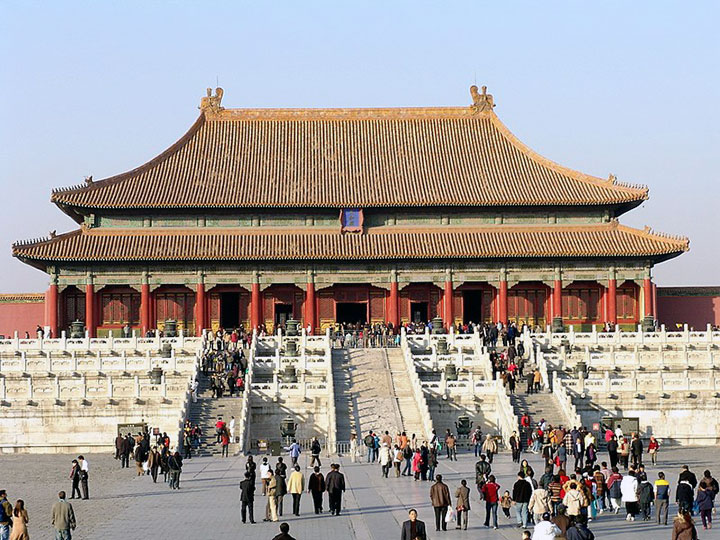
Home to China’s emperors for almost 500 years (from 1420 to 1912), this immense palace complex at the heart of Beijing is a sight you simply cannot miss. The grounds of the Forbidden City cover an area of more than 180 acres and contain more than 900 total buildings, comprising the world’s biggest collection of ancient wooden structures. As the center of Chinese political power for multiple centuries and a prime example of traditional imperial architecture, the splendor of the Forbidden City has gone on to influence architectural styles across Asia. The location was recognized as a UNESCO World Heritage Site in 1987 and has remained one of China’s most visited locations ever since, receiving more than 15 million visitors each year.
Summer Palace
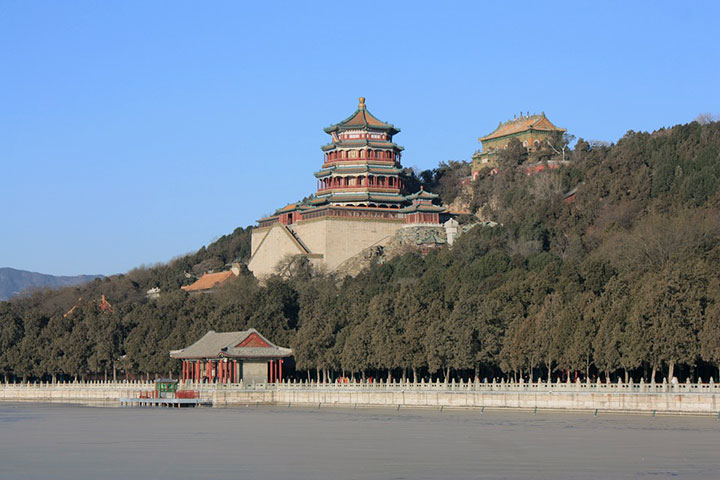
If imperial grandeur is what you’re after, then you simply can’t not pay a visit to the vast gardens of the Summer Palace. Originating as far back as 1153 and reconstructed in its current form by the infamous Empress Cixi in the nineteenth century, the Summer Palace complex is one of the largest imperial parks in the country and is made up of tranquil gardens, beautiful temples, and imposing palaces. Unmissable sights within the grounds of this UNESCO designated site include the impressive tower set atop Longevity Hill, the roofed colonnade of the Long Corridor stretching along the coast of Kunming Lake, and the intricately designed Marble Boat.
Temple of Heaven
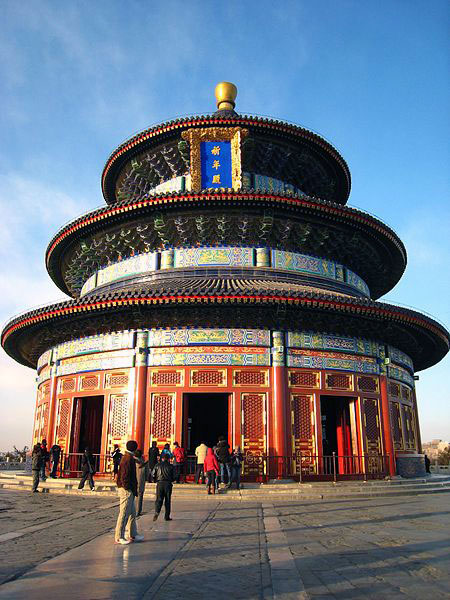
Originally constructed in 1420 during the Ming Dynasty, the Temple of Heaven was once one of the most important religious sites in all of China and continues to serve as an illustration of ancient Chinese culture and tradition. In olden times, emperors would make an annual pilgrimage to the Temple of Heaven to make sacrifices and pray to the heavens for a good harvest. Today, it is one of Beijing’s most treasured attractions and remains one of the best-preserved reminders of ancient sacrificial tradition. The unique, circular-shaped structure of the main temple hall is the most famous and visually stunning feature of the complex, which was designated as a UNESCO site in 1998.
Ming Tombs
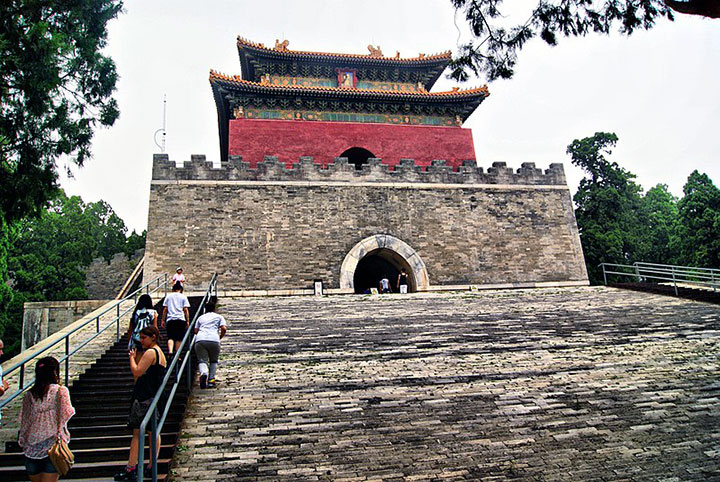
Located just north of Beijing, the Ming Tombs house the final resting places of thirteen of China’s emperors, from the Yongle Emperor (d. 1424) onward. This immense complex of extravagant mausoleums covers an expanse of over 46 square miles, offering visitors excellent insight into the culture and traditions of imperial China. At the time of writing, only three tombs are open to the public, namely the Changling Tomb, the Dingling Tomb, and the Zhaoling Tomb.
Each of these mausoleums offers something special for visitors: Changling is the oldest tomb open to the public and the largest of all thirteen; Zhaoling is reputed for its unique and well-preserved structure; and Dingling, as the only completely excavated tomb in the entire complex, is a must-see. Visitors can also stroll along the Sacred Way, the historic road leading to the site of the tombs that is lined with ancient animal statues.
The Grand Canal
Spanning a distance of over 1,000 miles between Beijing and Hangzhou, China’s Grand Canal is one of the most impressive manmade waterways of all time. The very first portions of the Grand Canal date back as far as the Sui dynasty (581-618 AD), with the Beijing sections being added on later once it became the capital. The Canal has been vital to China’s economy for centuries, despite frequent flooding and other disasters, and it continues to play an influential role in the transport of goods. Due to its historical and ongoing importance, it was designated as a UNESCO World Heritage Site in 2014, and is definitely worth seeing while visiting Beijing.
Peking Man Site at Zhoukoudian
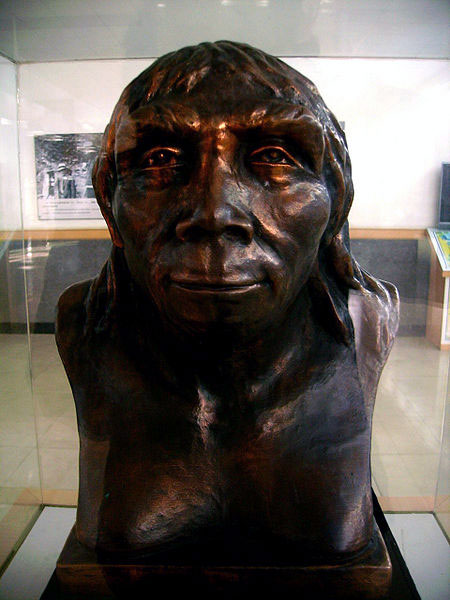
To Beijing’s south lies an ancient cave system that has yielded a number of important archaeological finds, chief among them one of the world’s first Homo erectus fossils, which has since been named Peking Man. Estimated to have lived around 500,000 years ago, the remains of Peking Man were a colossally influential discovery and have enhanced scientists’ understanding of our ancestors and their development. At Zhoukoudian itself, you can view the amazing cave sites where this and other ancient fossils were discovered, as well as an informative museum where many of these fossils are displayed.
Chengde Mountain Resort
While often overlooked in favor of Beijing’s other notable sights, Chengde Mountain Resort is an extraordinary example of eighteenth-century imperial extravagance. This massive mountain palace, which served as a summer resort for Qing-era emperors, occupies an astounding 5,640 square kilometers a couple hours north of Beijing, making it by far the largest imperial complex in the country.
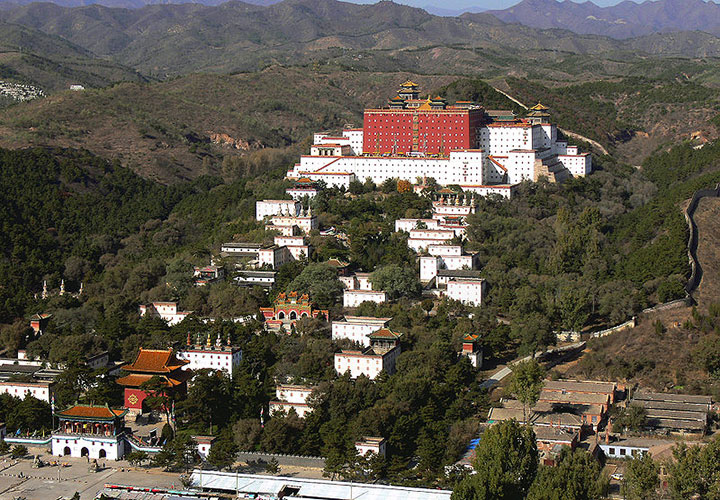
The central portion of the resort contains a spectacular array of palaces, pagodas, and temples, as well as serene, lakeside gardens. The most iconic structure is Putuo Zongcheng Temple, which was built to emulate the famed Potala Palace in the Tibetan capital. Another gem of the resort is Puning Temple, which features a 22.28-meter representation of the bodhisattva Avalokiteśvara, the largest such statue in the world.
—
Want to see any (or all) of these amazing UNESCO World Heritage Sites for yourself? Contact one of our travel specialists today to start planning your trip!
Images: Wikimedia Commons, Flickr, Wikipedia, MaxPixel, Pixabay


